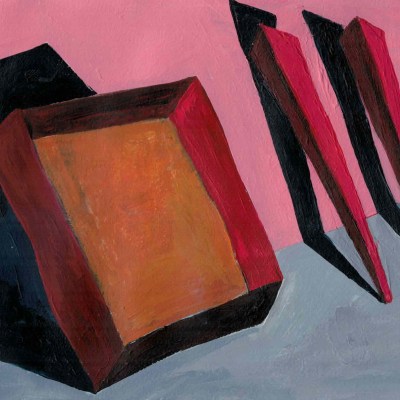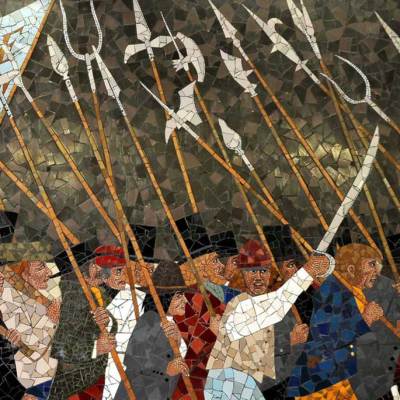As any New Yorkers keen on Asian art will know, having scurried about on a synchronised schedule for the past nine days, this year’s Asia Week New York was a bonanza.
What began with just 16 dealers offering a one-day open house in March 2009 is now a week-long festival spread across the city. Leadership is still firmly with the dealers, of which 42 exhibited this year, many of whose shows were exceptional. Five auction houses now time their sales to coincide with them. Among the two dozen sales, Christie’s achieved its highest Asian Art Week total yet, an astonishing $161.1 million thanks in large part to the Robert Ellsworth sales. Of the 21 museums and institutions that took part, the Rubin Museum (whose fine clutch of shows continue) hosted a party with a mesmerising performance by an acrobat twisting up and down a five-storey-long sheath of yellow silk suspended from the top of their Art Deco stairwell.
But nothing could top what the Metropolitan Museum of Art pulled off. This year marks the centenary of their Asian Art department. They could have told us on 1 January – or any other day. But, in what we have come to expect, Met celebrations involve more than a birthday cake and they kept the announcement until Asia Week New York, for full effect.
‘When we started planning this we had no idea how much we’d have to celebrate’, said the Met’s director Thomas Campbell as introduction. From a department that did not exist for the first 45 years of the Met’s history, its holdings are now one of the world’s most comprehensive, with works on show in 50 permanent galleries selected from more than 35,000 objects dating from the third millennium BC to today. One early benefactor was Heber Bishop who, in keeping with 19th–century Gilded Age taste, collected decorative arts. He gave his great jade collection to the Met together with funds to house them in a replica of his own Louis XV-style ballroom. The spectacular setting has sadly gone, but the collection remains. Other substantial gifts have trickled in to cover most areas and periods.
You might think Asian art was more or less covered. You’d be wrong. The Met never lacks ambition.
For its centenary the department is leaping to a new level. There are big gifts of art: about 1,300 works in all media from Florence and Herbert Irving, including their comprehensive collection of 12th to 18th–century lacquer; and about 300 Japanese and Korean masterworks from the collection of Mary Griggs Burke. And there are large gifts of money: $12.5 million from Burke, $4 million from Mary Wallach to endow a conservatorship of Japanese painting, and $15 million from Oscar L. Tang for curatorial and conservation work.
The Irvings have already donated other artworks, helped pay for the suite of 20 galleries built in the 1990s and then another four for Chinese art, and endowed a curators’ chair. Mr Tang, another great collector in the American tradition, has already given the Met works of art, funded galleries and the less glamorous gift of renovating an Asian art storeroom. He remembers an earlier Met. ‘I can think back to about 45 years ago when the department was just a tiny fraction of what it is now, just two tiny galleries. And 35 years ago I brought my two children here when they were building the Astor Court’, he said, standing in the Astor Court at the breakfast announcement. ‘It thrills me to see we now have one of the largest departments in the museum.’ But, he warned jovially, ‘We are only part way. This is a small fraction of what I think would be a comprehensive coverage of the subject. I hope to play a small role in making that happen.’
Pieces from these gifts – extraordinary examples of philanthropy – will be included in the Met’s 19 Asian art shows this year. Ten are already open. They include ‘Sumptuous: East Asian Lacquer 14th–20th Century’; ‘Discovering Japanese Art: American Collectors and the Met’; two exquisite, newly renovated galleries devoted to the Arts of Nepal and Tibet; a show devoted to Heber Bishop and his collection, another to the growth of the Met’s Korean art holdings; and ‘Sacred Traditions of the Himalayas’ which has elaborate mandalas and costumes and even the jewellery for the gods. As Thomas Campbell said, beaming smiles: ‘Things are going well. We seem to be on a roll.’
Asian Week New York ran from 13–21 March.
Related articles
‘What not to miss during Asia Week New York’ (Louise Nicholson)



